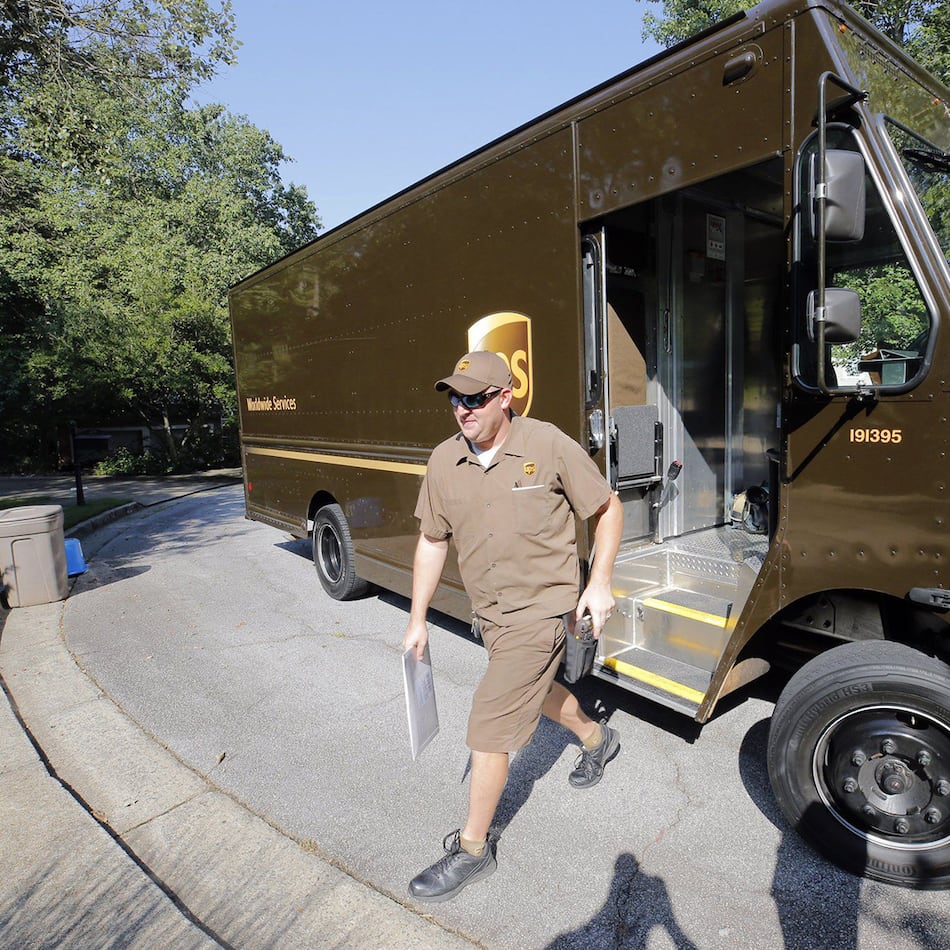In the here-we-go-again world of military contracting, the Pentagon earlier this week threw a $614 million monkey wrench into production of the F-35 jet fighter that will be built partly in Marietta.
Lockheed Martin Corp.’s 7,300 workers in Cobb County know too well the on-again, off-again nature of plane building. They are, after all, finishing up work on the F-22 jet fighter that the Obama administration effectively killed last year.
This time, U.S. Defense Secretary Robert Gates, citing cost overruns and production delays, ordered the Pentagon to withhold $614 million due Lockheed Martin in so-called performances bonuses.
Hundreds of jobs hang in the balance. Work on the F35’s midsection, where the wing and the fuselage connect, is supposed to begin in Marietta in two years. The plane will be fully assembled in Fort Worth, Texas.
“I’m concerned, but whatever Lockheed Martin needs to do to get that program back on track I’m sure they’ll do it,” said Denise Rakestraw, president of Local 709 of the International Association of Machinists, which represents hundreds of employees at the Marietta plant. “This won’t be the first time we’ve dealt with that.”
The F-35 Joint Strike Fighter is a smaller and cheaper version of the F-22 and will be used by the Air Force, Navy and Marines. It is the Pentagon’s most expensive weapon and is projected to cost taxpayers nearly $300 billion for 2,500 planes.
Like the F-22, though, the F-35 has been plagued by delays and skyrocketing costs. Gates, last Monday, finally had enough. He fired the general in charge of the program and withheld payments.
John Kent, a Lockheed spokesman, said flight tests for the F-35 are about six months behind schedule.
“We’re aware of the program delays and we regret those," he said. "But we do believe we’re on the right track.”
Kent noted that, despite the Pentagon’s dissatisfaction, the White House’s upcoming budget fully requested $11.4 billion for the F-35.
The F-35 kerfuffle follows the usual defense contracting pattern: a next-generation weapon is announced; cost overruns and delay prompt Pentagon pique; fees are withheld; the contractor eventually delivers the plane, ship, tank or missile.
“It’s not a question of whether something goes wrong; it’s a question of what goes wrong,” said John Pike, a defense expert with globalsecurity.org. “This is what I would call ‘programmatic turbulence.’ If you have a program that appears to be hemorrhaging cash, you want to look like you’re doing something about it. There is some element of stagecraft to all this.”
About the Author
Keep Reading
The Latest
Featured

